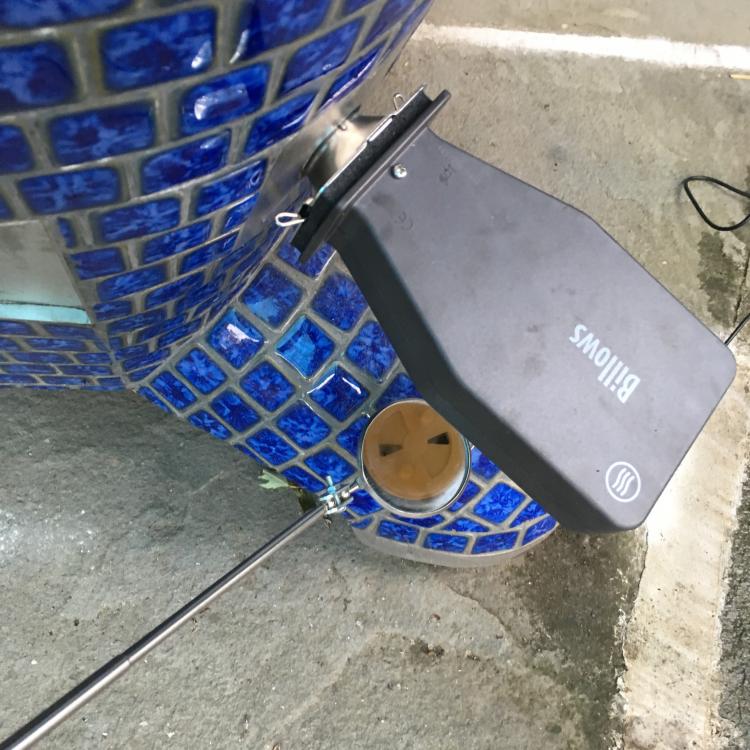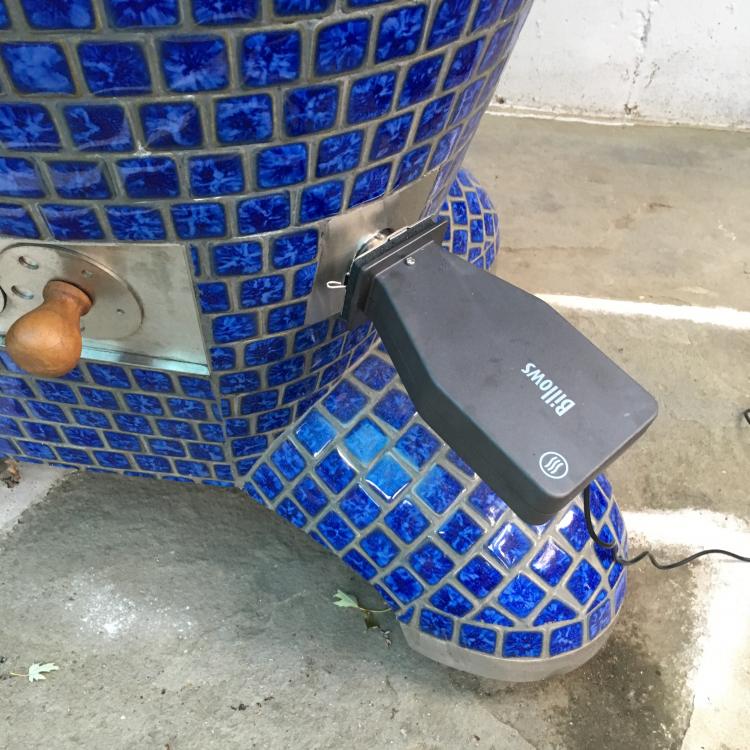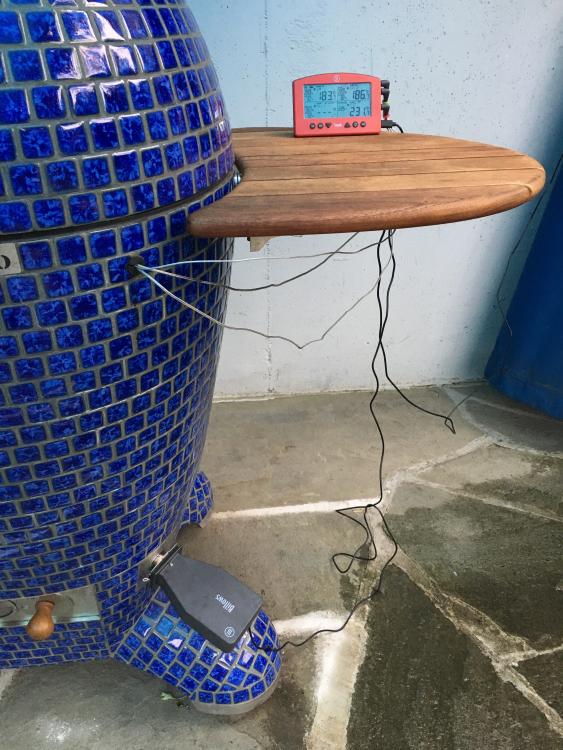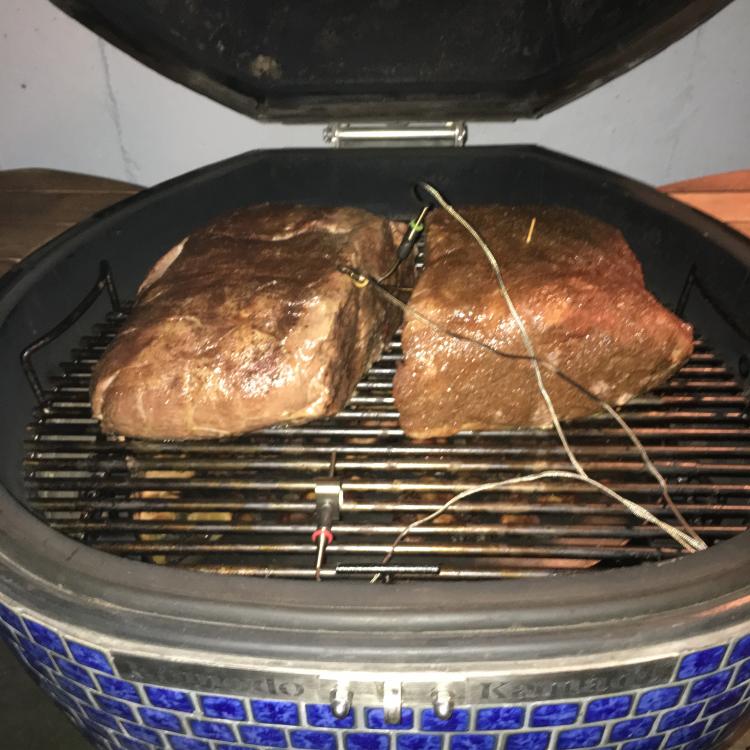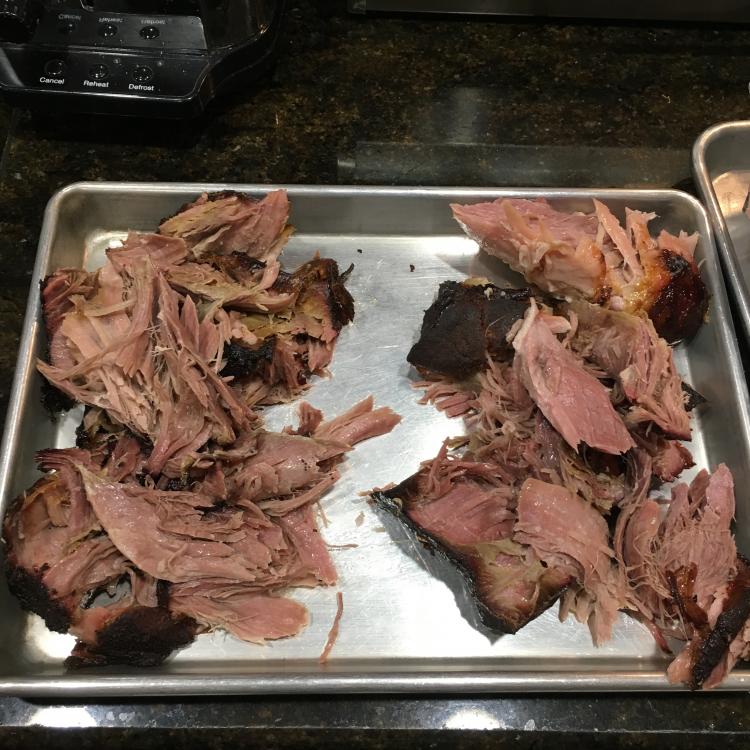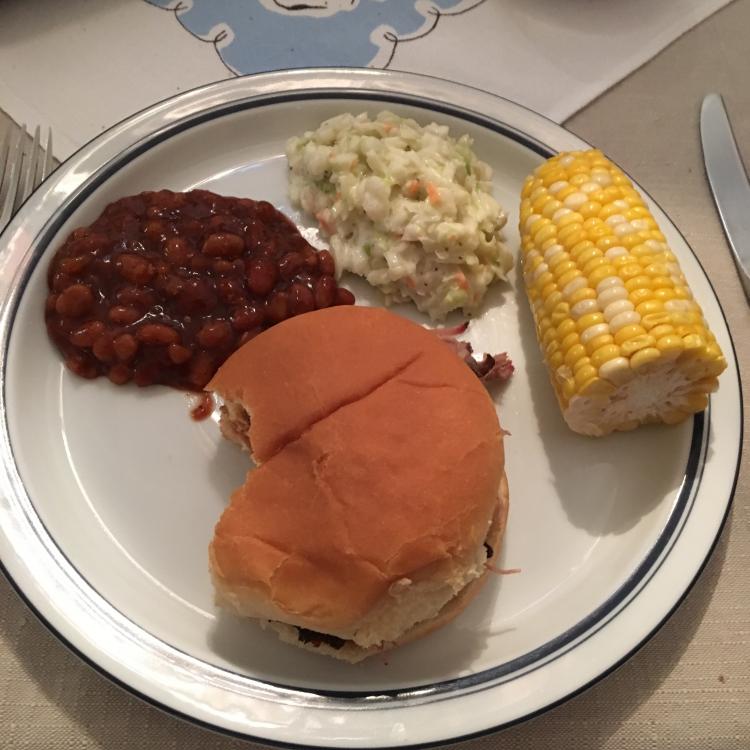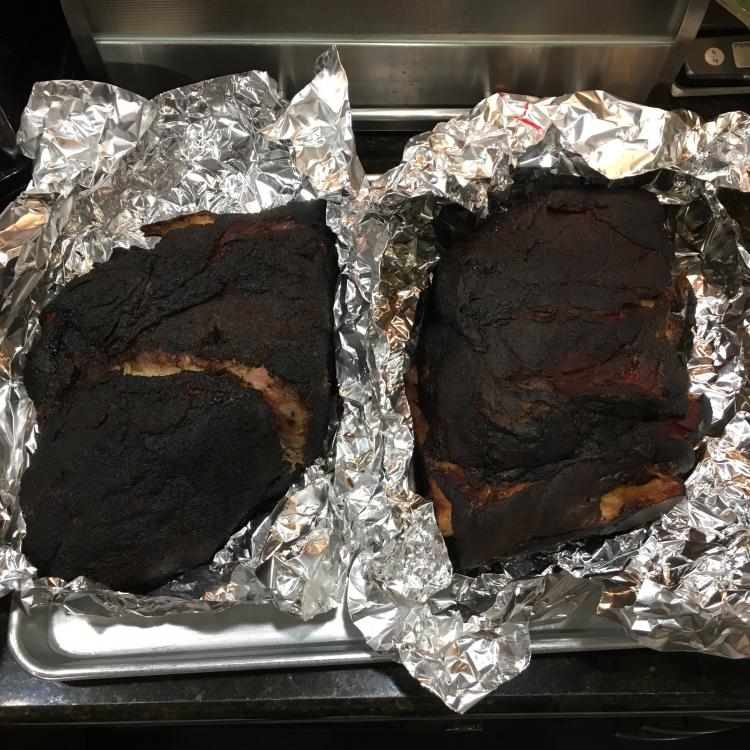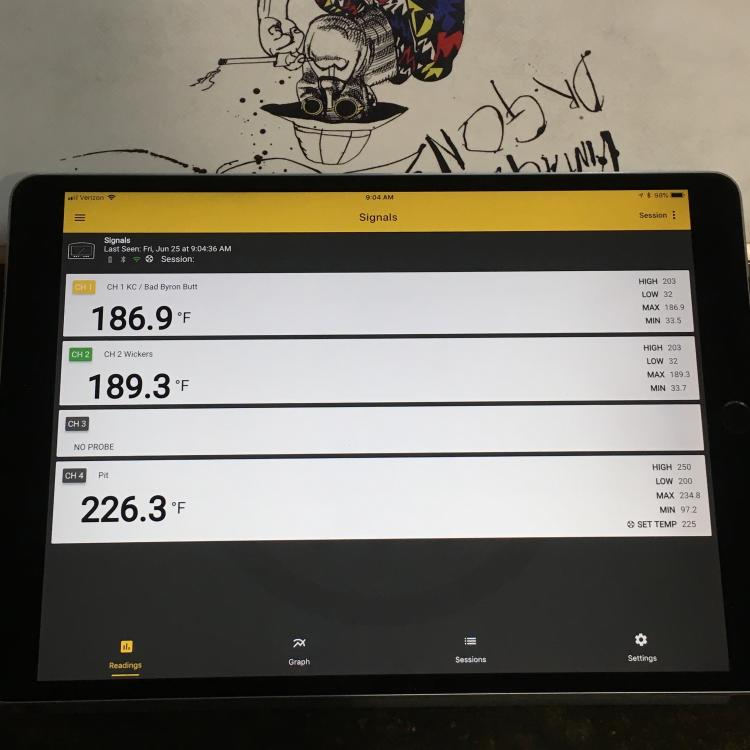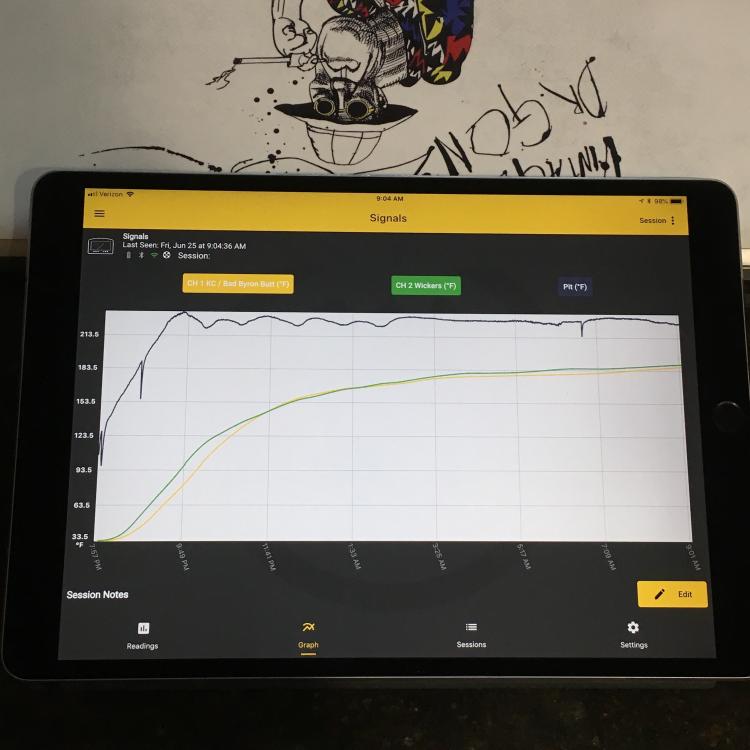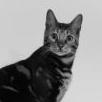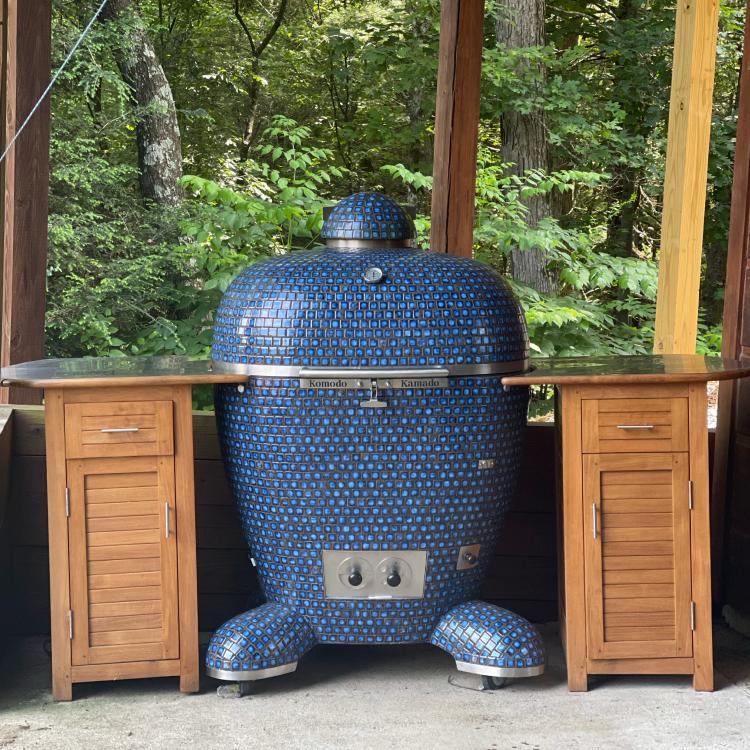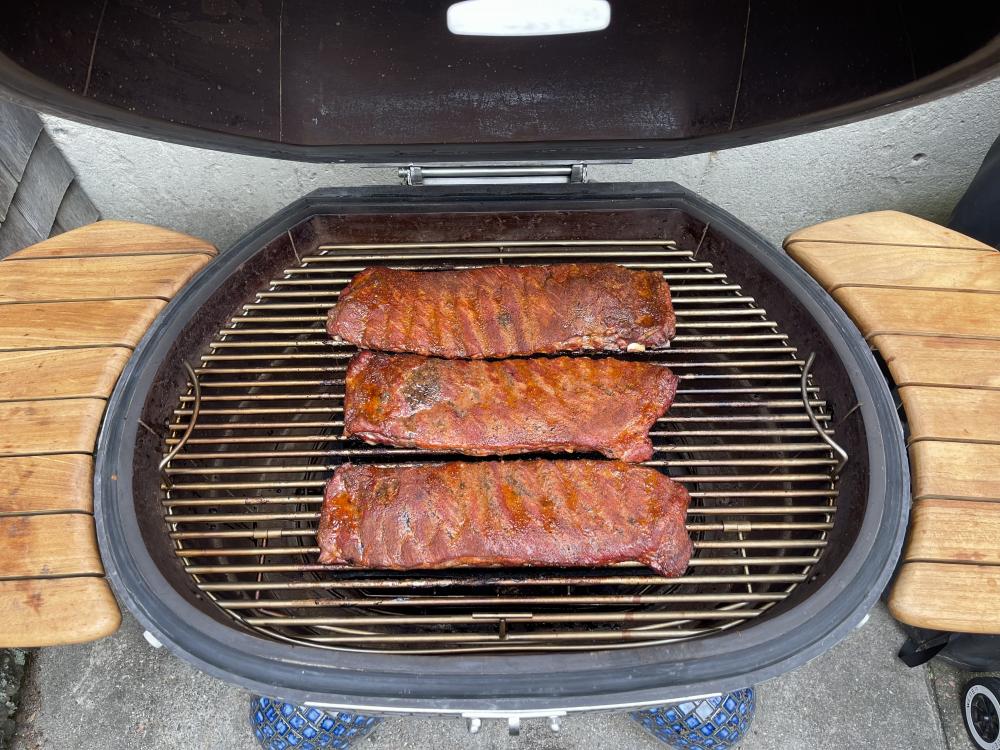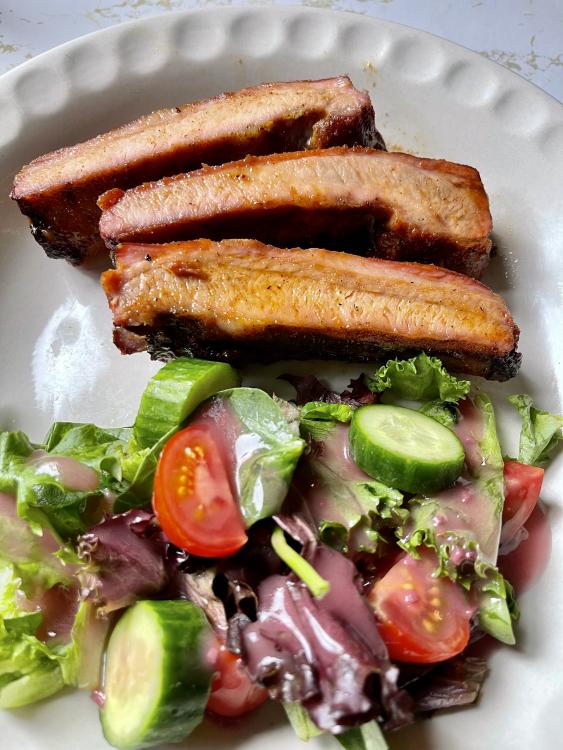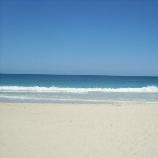Leaderboard
Popular Content
Showing content with the highest reputation on 06/28/2021 in all areas
-
6 points
-
A few months ago I finally bought a ThermoWorks Signals / Billows setup. Needing to clear the freezer of a 19 pound package of pork butt (which was taking up a lot of space) and having house guests to help eat it, I decided to try an overnight cook using the controller / fan to check it out. After three days of thawing, I separated and trimmed the two bone-in butts. I marinaded one overnight with Wicker's Marinade, then rubbed with Wicker's dry rub. The other I rubbed with a 50-50 mix of KC Butt Spice and Bad Byron's Butt Rub, using duck fat as a binder. Butt Number Two (number one was very similar in size and fat content): KC Butt Spice/Bad Byron's Butt Rub over duck fat binder: Both were refrigerated until placed into the KK23, set at 225° and heat soaked for 1.5 hours. The double drip pan was used and smoke wood was a mix of cherry and apple wood chunks. The meat (33.5°F) was added to the KK at 8:00 pm (which was under a tarp as we were expected to have 2 - 4 inches of rain over to coming 24 hours). Adding 19 lbs of cold pork to pulled the smoker temperature down to about 140° and it took about 1.5 hours to get back to 225° with the Billows fan (I had choked it down for the KK using the accessory damper since the Billows cfm is ridiculously high for a KK). Billows fit into the KK Guru port using the Billows accessory snout: Billows damper setting I used to tame the cfm (via inspection mirror), which turned out about right: Since dinner was not to be until 23 hours later, I decided to not wrap the butts at the stall, but to instead see how the KK/Signals/Billows setup worked for a long cook (without any intervention on my part). Plus, I didn't want to get up at 0' Dark Thirty to wrap them. Butts at 45 minutes in: Left (green probe) is Wicker's Marinade; Right (yellow probe + toothpick) is KC/BB dry rub The Billows overshot the 225° setting in the initial push to return the KK to temperature by only 10°, then was within 5° of the set 225° temperature throughout the 19.5 hours of the cook. I was very impressed with the consistency. Here is the graph at 9:00 am, 13 hours into the cook (the slight dip in pit temp at 6:00 am was to check the results after the overnight smoke): Temperature readings at 13 hours: The butts continued to leisurely accrue internal temperature throughout the day, reaching high 190°s by around 2:00 pm, at which time I bumped the set temp up to 250° to get a bit more temperature differential to push the butts to 203°, which was to be my pull target. The Wicker's butt reached 204° at 3:10 pm (19 hours in the smoker) while the KC/BB butt reached 203° at 3:30 pm (19.5 hours). They were wrapped in foil and a towel, then placed in a cooler for a three hour rest until dinner. I didn't get any photos of the finished butts in the KK as it was pouring rain then and the activity was a bit frantic. Here are the results. Left is KC/Bad Byron Rub; Right is Wicker's Marinade & Rub: Partially chunked up / pre-pulled. Notice the internal color difference between the dry rub (left) and marinade (right - more intense and deeper into the meat) versions. Bark was about the same on both. These are not the entire butts; just the amount for dinner (19 lbs of pork butt is A LOT of pork butt...). Plated at 7:00 pm, 23 hours after the meat was placed into the KK: In summary, I found the KK/Signals/Billows combination to be very satisfactory. It was my first use of a controller & fan combination and while I probably won't use it often, I will likely use it for future brisket and pork butt overnight cooks. I will probably do the normal butcher paper wrap to cut down the time in the future as well (I typically do so but wanted to experiment with the new gear). There was no lack of moisture in the pork without the butcher paper crutch. I was impressed with the low temperature variation of the Signals / Billows combination after the system stabilized. With the large cfm of the Billows, I was concerned it might repeatedly overshoot the set temperature but this was not the case. Other than the first return to temperature after the cold meat was added to the KK, the temperature variation was 5° or less. I set the Billows diffuser to almost closed, and fortunately it seemed to be about right. The KK was miserly with the use of its charcoal (FOGO Super Premium - large chunks). I started with a full basket and 1.5 hour heat soak, then a 19.5 hour cook at 225°, followed by a run up to 350° for 2.5 hours waiting to grill the corn and mushroom. At the end, I still have over one-half basket of charcoal left. As I have mentioned before, I am not a huge fan of pulled pork but this certainly was a moist and tasty result. Between the marinade and dry rub versions, I preferred the marinade version. As for the guests, the preference was evenly split between the two butts among the carnivores (the vegetarian had no opinion about the pork, but pronounced the EVO/Balsamic grilled portobello to be superior).2 points
-
Cooked a brisket from a local farm on Saturday, cook went pretty well as I am learning my vent settings and configurations. I started with a full basket of Fogo black bag, and started it in one spot. With my KJ, I leave the lid open for about 10 minutes to make sure I have a good fire going, then close the lid and close down the vents. I did the same thing on the KK, and couldn't believe how quickly the charcoal caught and the fire I had going. I closed and sealed the lid, shut the cap down all the way and then opened it up about 3/4 turn. I opened the bottom left vent about 90 degrees and set the right vent on the pencil sized hole. About 5 minutes later the dome was reading 400, I knew the fire needed to be choked down more. I closed the left bottom vent completely and set the right to the pencil-sized hole. About 30 minutes later I was at 250, so I added some pecan chunks to the fire, when I could smell the pecan, I put the brisket on and the temp was at 265. After 3 hours, I went to check (pic below) and the temp was about 265, a little higher than I wanted but nothing to be concerned about. Opening the lid, my sunglasses fogged up from the moisture, never had that happen before, and I could see condensation on the gasket. The aroma was incredible, I thought I had smelled "good smoke" before when it was thin and blue, but the intensity of the pecan and beef from the kk was a totally different level. A few hours later I went to take a temp reading as I knew it was nearing the stall, and the grill temp was up to 300. I wrapped the brisket, closed the cap down all the way and opened it up about 1/3 turn and set the lower vent to the smallest opening. Two hours later I went to probe and the temp was up to 330, again I wasn't worried as the brisket was wrapped, but I was surprised the temp had continued to increase. I could still smell the pecan, so I thought maybe another chunk had caught fire and thus the temp increase. When I removed the brisket, the grill temp was about 340, so I shut the cap, the lid and the bottom vent. I let the brisket rest about 90 minutes (people were getting hungry), and then sliced it. After smelling the meat all afternoon, people were grabbing slices as quickly as I could cut them. The flat, which I have always used for sandwiches or tacos, was really tasty, not dry at all, I actually put a couple pieces on my plate. The point was melt in your mouth heaven, my hopes of making burnt ends disappeared as quickly as the slices I was cutting. Thankfully I didn't cut it all and I do have some for leftovers. Overall, I was impressed with the way the KK performed, and I'm guessing the top cap is going to be my key to nailing my temperature. The other thing, I had put the lower rack in and put the drip tray on that. I then put a foil pan in the drip tray hoping to collect some of the rendered fat from the brisket. Everything in the pan was burnt, there was not even any juice remaining. What is a better way to set up the pan to collect juices and fat without burning? And thanks for all the posts so far, I doubt my brisket would have turned out as good as it did if I hadn't researched everyone else's cooks first!2 points
-
@jonj, that is a LOT of pork. Glad the cook went well and thank you for the blow by blow account of how the kit performed. As always, I am tempted by the prospect of shiny new things but I know I am unlikely to really need this as I do not do long low and slows very often. I will bow deeply in gratitude for this expose and step smartly away from the “add to cart” button.2 points
-
1 point
-
I got a big bad 32, and loving it! I've had eggs for about 10 years, Large and Mini max aka Smokey and the Bandit What is the reasoning behind why these cook better? I think I've heard it has less air flow which reduces the amount of moisture lost, but how does it have less air flow? Seems like same design as any other Kamado. Air hole in bottom, air hole in tops. I think it has something to do with how it hold heat better? I'm just not understanding the reasoning. Can someone explain? When I tell people about the grill I want to be better able to explain how it works so well! Thanks.1 point
-
My leaf lard arrived yesterday, so I'm eager to try Mad Scientist BBQ's trick on a rack of ribs. Pork Ribs Cooked Like Brisket | Mad Scientist BBQ - YouTube Thinking about firing up the cold smoker to smoke the lard and some more of the beef tallow, too.1 point
-
1 point
-
High-quality insulation reduces airflow which creates better barbecue. Charcoal always burns at the maximum volume for the allowed airflow, if you can burn less fuel to maintain your cooking temperature, you will have less airflow, less evaporation, and Bingo.. more retained moisture in your meat. And that's better barbecue. And commonsense would dictate that less airflow gives the vapor that's released from the charcoal more retention time therefore more opportunity to condense on your food. Condensation of course is how the vapor is transferred to the food. So less airflow not only gives you more retained moisture but more smoke flavor. And that's better barbecue.1 point
-
Making my first ribs in the BB32 today, so far so good, going 4 hours naked and 1 hour wrapped at 275 degrees. They are all about 3.8 pounds per rack. This is how they looked prior to wrapping. Now the waiting for them to finish and then rest for a bit. I’m not going to sauce these ones, I don’t think they will need it. I’ll add a plated pic later 😁 and the finished product, I could have gone another 30 minutes but overall I am really happy with the results 😁1 point
-
Thermapen One. I’m a little underwhelmed at that price point. You? I’ve also accumulated many of their products over the years: a Mk4 and a classic Thermapen, ThermoPop, Smoke Remote, ChefAlarm, some silicone trivets, spatulas, lots of different size probes, and a bunch of the new probe spools. I just added a lovely purple Mini-Dash during the sale at the beginning of the week. Guess I just like getting that little bag of Jelly Belly jelly beans, 🤪.1 point
-
1 point
-
Thank you all I was going to start another thread but this seems to be the sites official Pig Roast thread so I just added on 🤣1 point
-
We just love all those bonus points we get for spending other peoples $$$.1 point

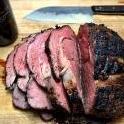

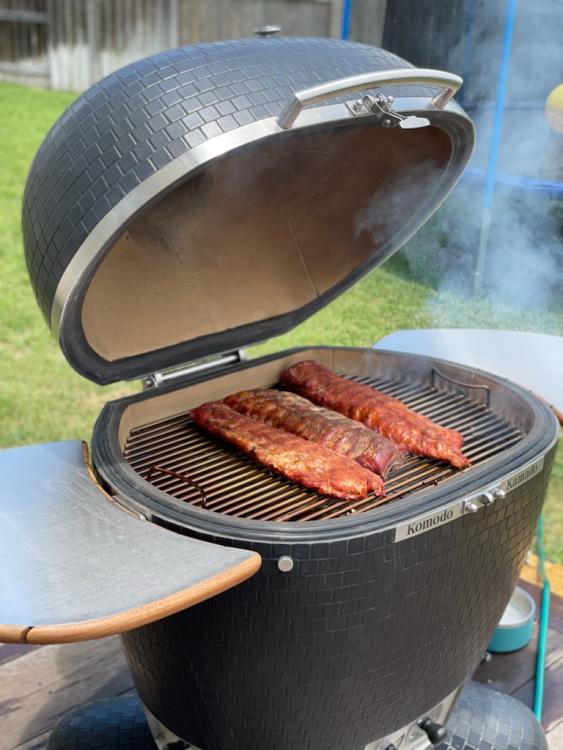
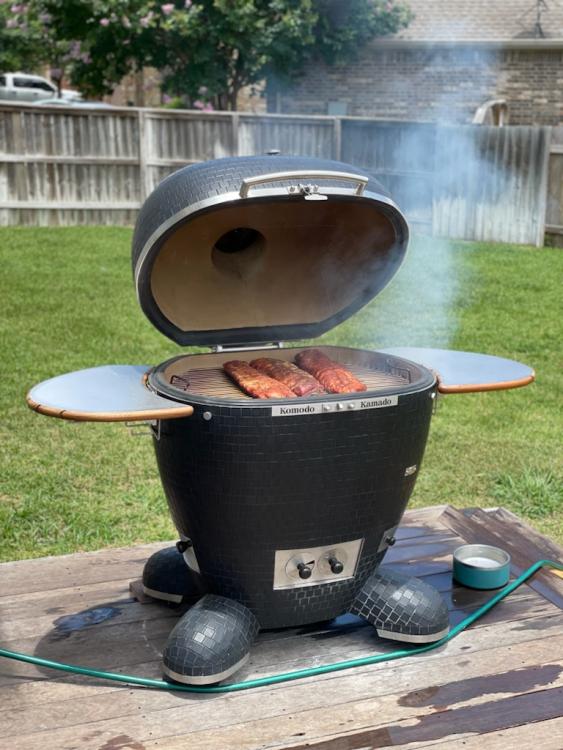

.thumb.jpg.d1c85e62ca7e94f3cfe716970f84d663.jpg)

